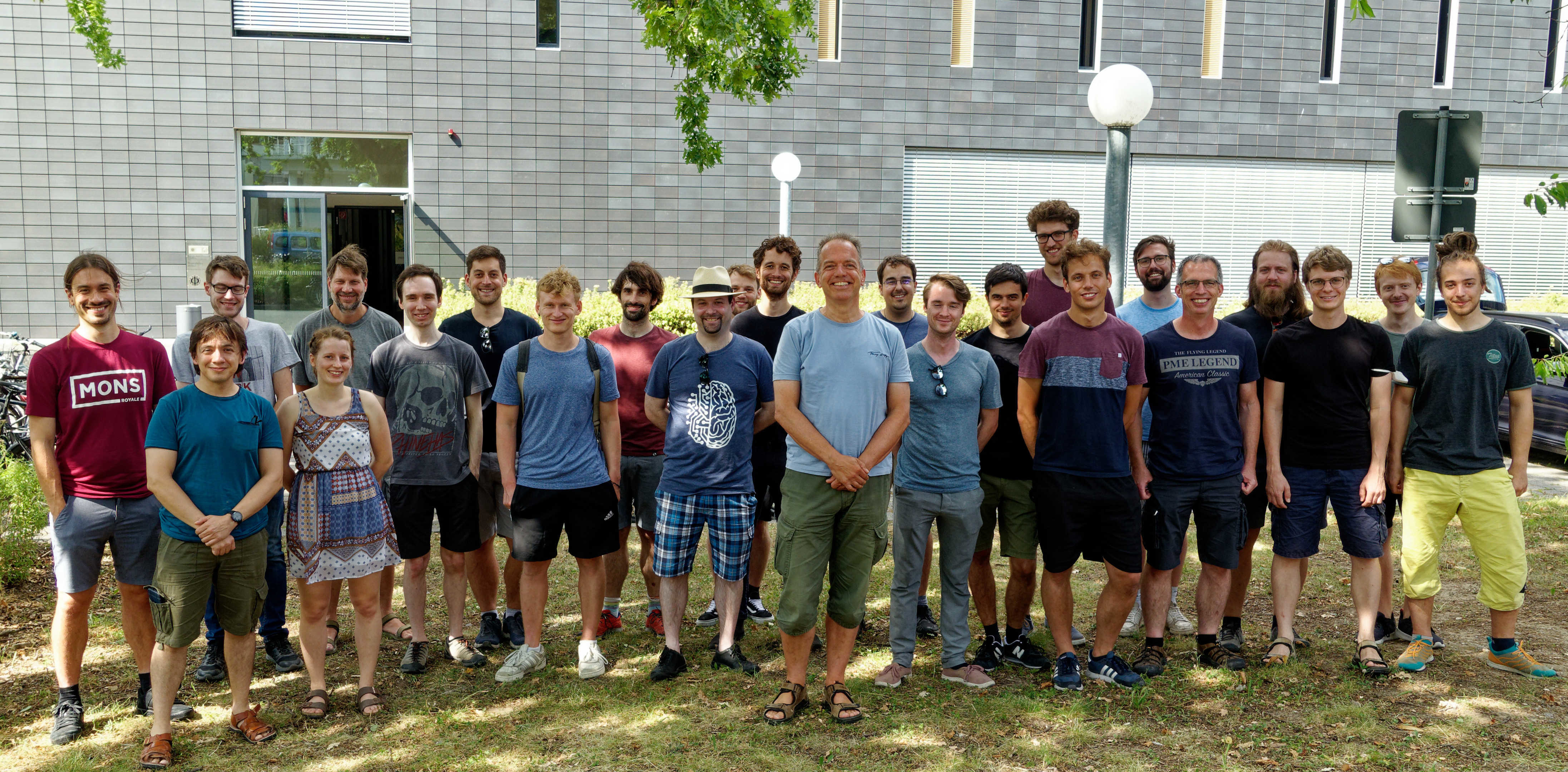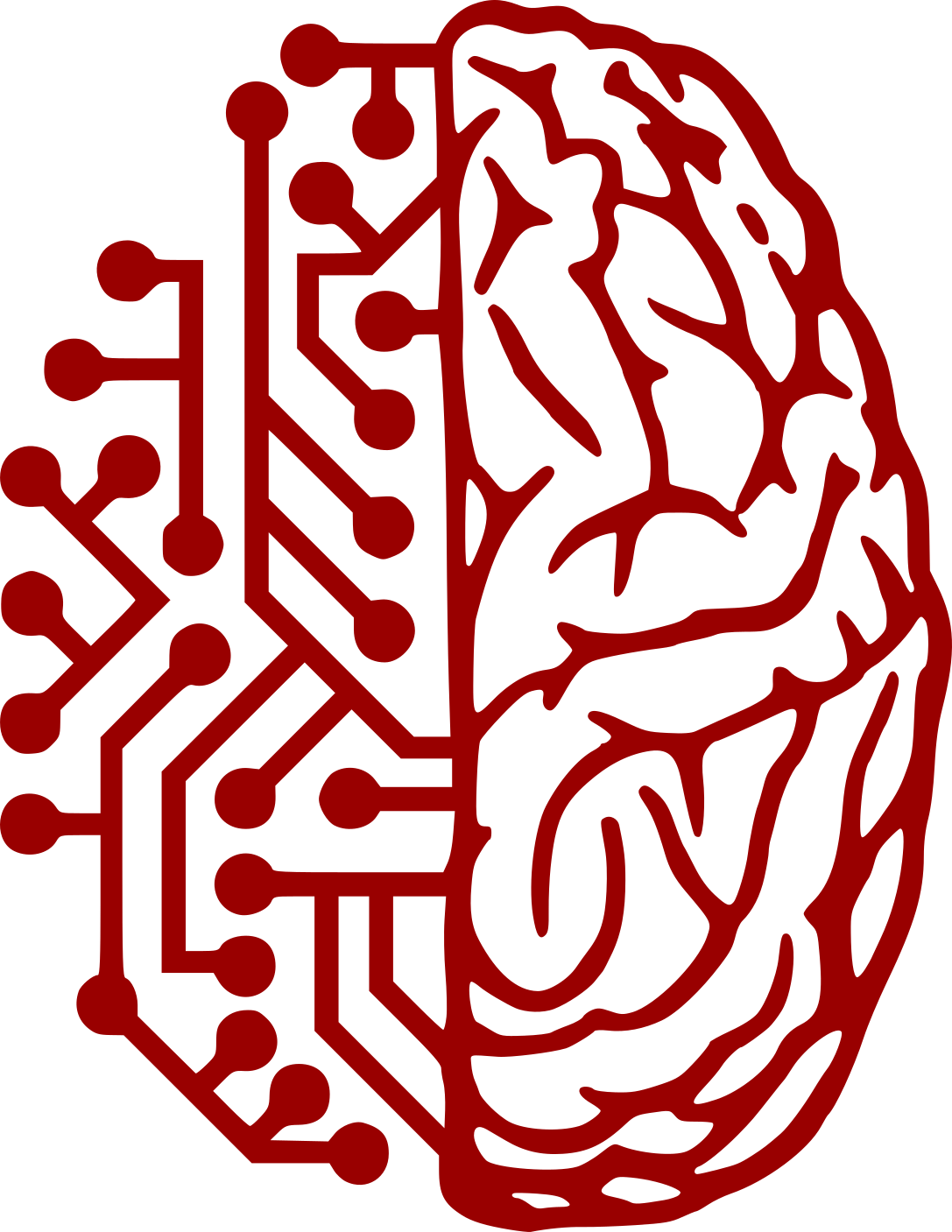
The EDDA-Chip was first operated with software developed under MS-Windows. But as Windows needs a graphics card to operate and the aim of the project is to have a portable computer with low power consumption without a graphical display, it was decided to use Linux as an OS. Linux allows to cut the needed hardware down to a minimum. It also is scalable to fit on a small Flash-HD.

Electronic Vision(s) Group – Dr. Johannes Schemmel
Im Neuenheimer Feld 227
69120 Heidelberg
Germany
phone: +49 6221 549849
fax: +49 6221 549839
email: schemmel(at)kip.uni-heidelberg.de
How to find us

